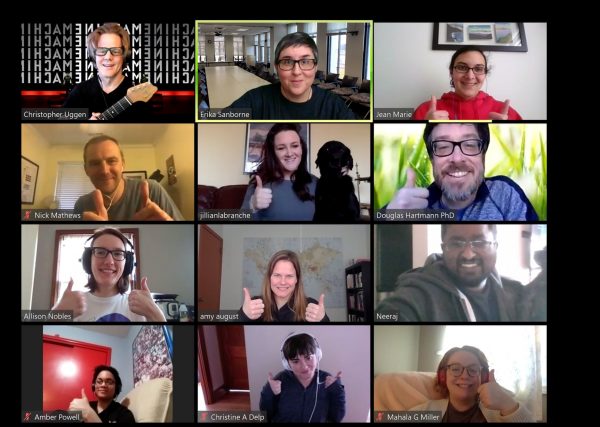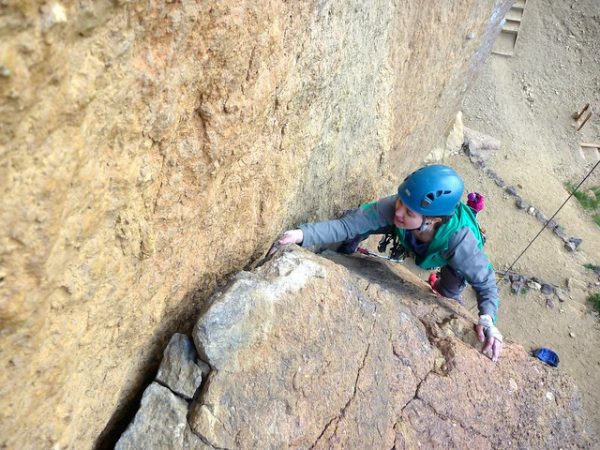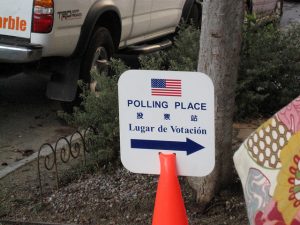
As instructors move their courses online, we at The Society Pages want to help out by offering a guide to our site. We have lots of sociological content that can be used in teaching, from new research coming out of journals to podcast interviews with sociologists. We strive to make our content clear, concise, and public-facing — perfect for undergraduates!
What kind of content do we have? (and how can you use it to teach?)
“There’s Research on That!” – In this blog, we curate sociological research that speaks to things that are happening in the world.
- Have students read “#SayHerName and Black Women’s Experiences with Police” for an overview of research on Black women’s experiences with police, including distrust of police and the challenges that come with motherhood. Then, ask them to respond with a short post about the racialized and gendered challenges that lie ahead in developing police-community trust.




